Elective reflections
Final year Glasgow Dental School students Evelyn Rennie and Gabriele Baniulyte talk about their respective travels in the USA and Japan, highlighting the benefits of observational and research-based elective projects
For many dental and medical students, it is assumed that the best elective experience can only arise from a “hands-on” project undertaken in a developing country. In recent years, Glasgow Dental School has moved away from students participating in exposure-prone procedures if they are overseas during the elective period. There are several reasons for this, including ethical, safety and educational aspects.
We decided to pursue observational projects outside the UK, with one of us working in the USA and the other in Japan. There are advantages and disadvantages to carrying out elective studies in a developed country. Advantages include increased opportunities for research, comparisons between countries with similar demographics, ability to travel and, possibly, higher assurances of personal safety. On the other hand, dental procedures and research methods may be similar to those at home and with a resultant decrease in exposure to novel clinical procedures.
As we have learned during our dental education, many conditions are multi-system and can first present in the oral cavity. This makes oral medicine a vital component of the dental curriculum. For this reason, we both decided to focus on conditions that have clear manifestations in the mouth. We had yet to encounter these disorders in the UK population, but the prevalence is higher in our countries of choice.
Evelyn – Sickle Cell Disease in the USA
I decided to focus my Elective project on the dental manifestations of sickle cell disease (SCD). This condition is close to my heart, as a large proportion of those who suffer from it are of African or Afro-Caribbean descent. My grandmother is Jamaican, but fortunately no-one in my family carries the sickle cell gene.
SCD affects the whole body, including the oral cavity, and dental manifestations include: severe pain in areas of sickling crisis, increased infection risk, mucosal pallor, delayed eruption of teeth, pulp calcification and necrosis, enamel and dentine defects, osteomyelitis, osteonecrosis and inferior alveolar nerve anaesthesia amongst many others1,2. After doing a literature review and discovering the number of oral side-effects these patients can suffer from, I wanted to spend time witnessing treatment in a dental and medical setting.
There is a high prevalence of SCD in the American population, with one in every 500 African-Americans suffering from SCD3. For this reason, the USA was a good fit for my elective project. Through well-established links between Glasgow and Charlotte, NC, USA, I arranged a placement in Carolinas Medical Center (CMC) in Charlotte. I was offered a placement for two weeks, during which I could observe both the dental clinic and CMC’s dedicated sickle cell centre for the medical treatment of SCD. My time spent at CMC was extremely beneficial, as I learned so much about both SCD and dental treatment in general within the healthcare system in the USA.
Staying in Charlotte was an exciting experience, as I had never been to the “Deep South” before. I wasn’t sure what to expect, other than the amazing food and the legendary southern hospitality! I found both and more. The people in Charlotte were all extremely friendly and I felt right at home. The city has developed significantly in the last two decades due to an influx of financial institutions and other Fortune 500 businesses settling in the city. It also helped that, while I was there, the weather was a scorching 38 degrees! I wasn’t sure what to expect from the city or my placement, but I was pleasantly surprised with both.
While I was in North America, I took the opportunity to travel and spent my time exploring the East Coast, from Toronto, Canada to Miami, Florida. I visited family and existing friends and made new ones. I have created amazing memories on my trip and hope to visit the USA again very soon.
The benefits for me in choosing to do my elective there was that there was a pre-existing relationship between Glasgow and Charlotte, and so there was good communication between myself and the staff at CMC prior to and during my trip. I know that many students had difficulty establishing contacts in other countries for their Elective Study, or once it had been set up, they had difficulty maintaining communication. I could also guarantee a certain standard of safety for my health, as I was working within a well-established hospital which is affiliated with the University of North Carolina for student placements. Overall, I had little stress associated with the planning and execution of my elective in North Carolina and would recommend it, and the United States, to anyone considering spending their elective there.
- Carolinas Medical Center (CMC), Charlotte, NC
- Evelyn viewing New York city from the top of Rockefeller Center
- Gabriele in front of one of the many majestic castles of Japan
- Gabriele swimming off Zamami Island
- Evelyn and Gabriele at the Royal College of Physicians and Surgeons of Glasgow admissions ceremony collecting an award for their elective projects
Gabriele – Behcet’s syndrome in Japan
Behcet’s syndrome (BS) sparked my interest when it was first mentioned during one of our oral medicine lectures. Initially, a foundation literature review was carried out to find some answers; however, I soon began to realise that this was just the tip of the iceberg. In order to learn more about how to help patients, I had to understand what they have to go through. The manifestations of BS include a wide range of signs and symptoms including oral recurrent aphthous ulceration, fatigue, arthralgia, uveitis, acne-like eruptions, migraine, depression and gastrointestinal symptoms4,5.
As part of my investigations, I attended the Behcet’s Syndrome Society meeting in Liverpool, where it was stated that, in the UK, on average it takes up to 12 years to provide a BS patient with a diagnosis. During this time patients see upwards of six doctors. I found that scenario difficult to comprehend
Currently, Scotland does not have a dedicated centre to manage patients with this syndrome – all patients are seen by hospital physicians and/or have to be referred to a centre of excellence for BS in England. For my elective, I observed the diagnosis and treatment of these patients at the centre in Birmingham. Multidisciplinary clinics, as well as the research department, were visited and it provided a potential blueprint for a Scottish centre of excellence.
BS is also known as ‘The old silk-route disease’. It is quite prevalent in Japan, hence why it is leading research in this field6. I visited Japan for a total of nine weeks with an observation focus in Minami Tohoku Hospital, Koryama, where I managed to shadow staff in both dentistry and dermatology clinics. Different diagnostic tests were shown and the treatments observed.
Japan is an extremely welcoming country, although unfortunately, a language barrier did exist. However, almost all professors and clinicians can speak English really well, therefore their translation skills for other non-English speaking staff and patients were useful. At the end of my observation period, the conclusions were drawn up and a general comparison produced between the management of BS in Japan and UK.
Once the elective period was over, I had the opportunity to travel around and see more of the country. Japan has an amazing transport system and their “bullet trains” are always on-time, which made getting around really simple. I travelled the main island (Honshu) from top to bottom – Aomori to Yamaguchi. Some time was spent in the big cities, such as Tokyo, Osaka, Kyoto and Hiroshima. However, the main portion of the trip was dedicated to discovering the countryside. One of the highlights of the trip was climbing Mount Fuji and staying in the villages surrounding it. As well as that, I was able to stay in a Buddhist temple in the mountains and learn their methods for meditation and self-recognition first-hand.
I had time to visit a couple of tropical islands, which are near Taiwan geographically but belong to Japan – Okinawa and Zamami. They are world famous for whale watching and diving, both of which are unforgettable experiences.
I was truly amazed by how much Japan has to offer. From extremely hospitable people to amazing countryside and delicious sushi, I loved it all and if I had the chance I would do it all over again in an instant.
Reflection
This elective period has encouraged us to think outside of the dental curriculum. Overall, our projects have provided us with the opportunity to increase personal knowledge and awareness of our chosen conditions, travel extensively and have given us future research opportunities which can be continued post-graduation. We had unforgettable experiences and would like to thank everyone who contributed to the success of our elective projects.
Our advice to future students contemplating electives without “hands-on” clinical experience would be to not give up on overseas opportunities. Find a topic you are passionate about, review the literature and locate a gap in current knowledge. Decide if your research could benefit this area of dentistry and not overlap the research currently available. If you feel it would be worth pursuing, match your project with the appropriate country and make professional contacts.
Keep being inspired by researching further. Although a research-based elective can be time-consuming and demanding, it will expand your horizons and working abroad is an incredible experience. Immersing yourself in a different culture, language, society or work environment will give you a greater appreciation for dentistry.
By utilising the values promoted by your dental school, you have the opportunity to create a lasting and meaningful relationship between the healthcare institutes. We hope that whatever you choose you enjoy every minute. We definitely did.
References
1. Javed F et al. Orofacial manifestations in patients with sickle cell disease. Am J Med Sci. 2013; 345(3): 234-7. http://ovidsp.tx.ovid.com/sp-3.16.0b/ovidweb.cgi?&S=EPAIFPFNDFDDADLKNCKKEAIBBPAKAA00&Link+Set=S.sh.22%7c1%7csl_10
2. Sams DR et al. Managing the dental patient with sickle cell anemia: a review of the literature. Pediatr Dent. 1990; 12(5): 316-20. http://www.aapd.org/assets/1/25/Sams-12-05.pdf
3. Centers for Disease Control and Prevention. Sickle Cell Disease – Data & Statistics. http://www.cdc.gov/ncbddd/sicklecell/data.html
4. Suzuki Kurokawa M, Suzuki M. Behcet’s disease. Clinical and Experimental Medicine. 2004 Sep;4(1):10-20
5. Evereklioglu C. Managing the symptoms of Behcet’s disease. Expert Opinion in Pharmacotherapy. 2004 Feb;5(2):317-28.
6. Keino H, Okada A. Behcet’s disease: global epidemiology of an Old Silk Road disease. British Journal of Ophthalmology. 2007; 91(12): 1573–1574
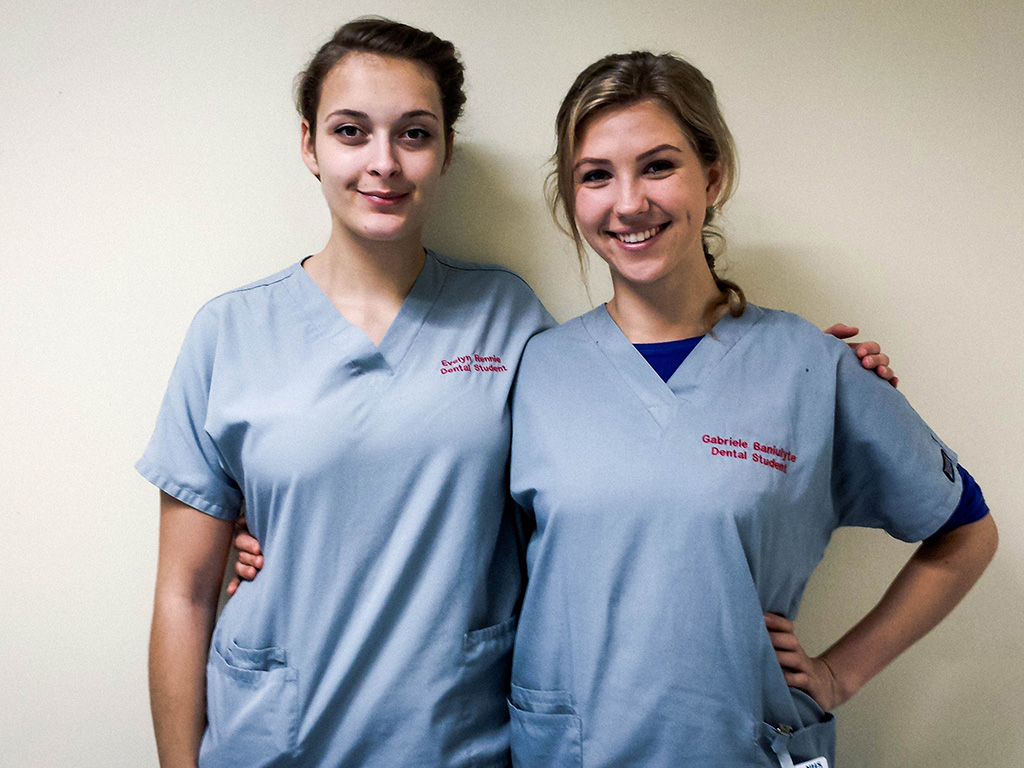
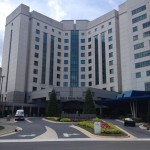
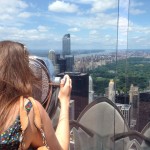
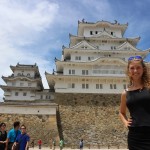

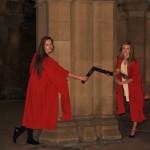
Comments are closed here.